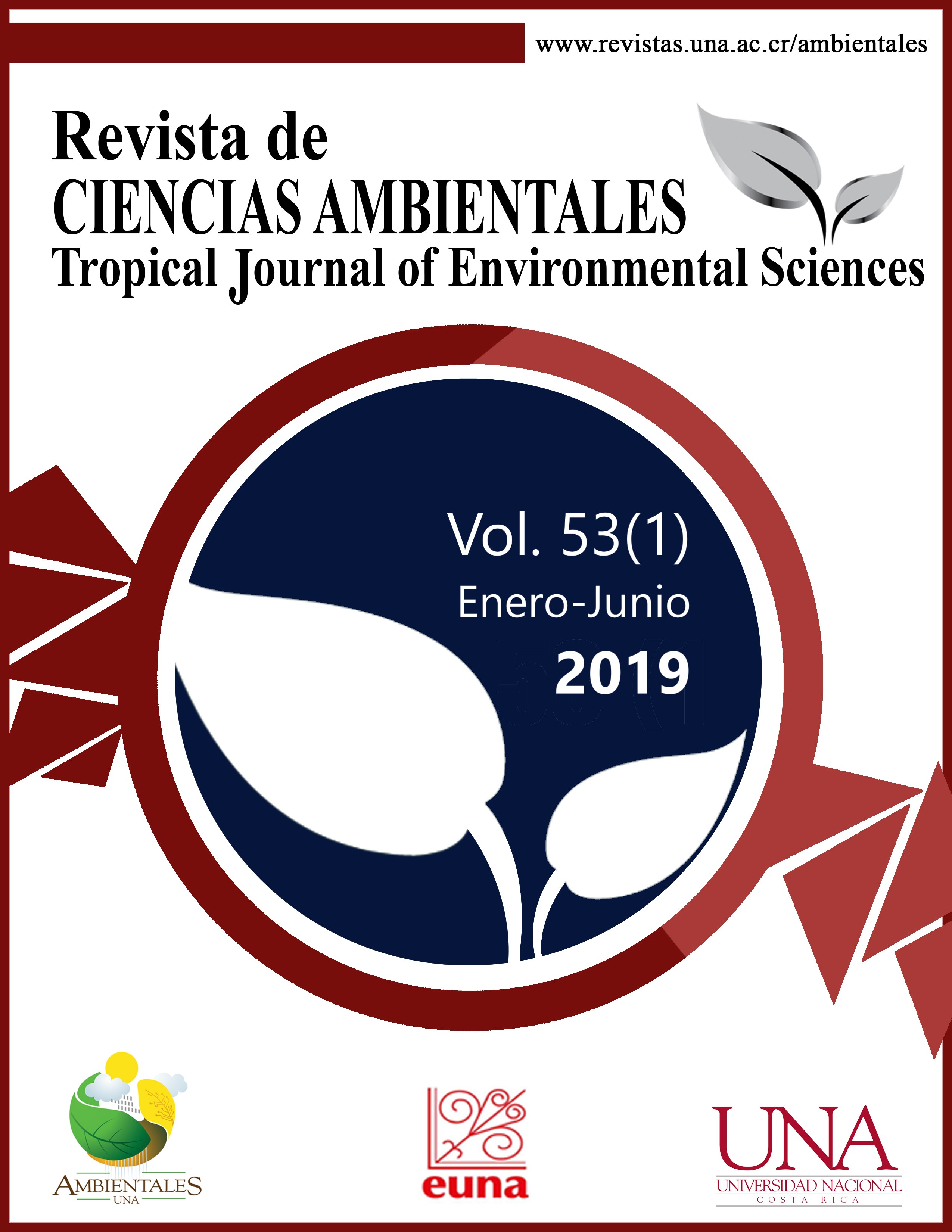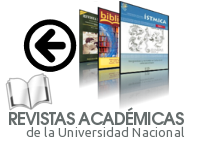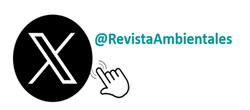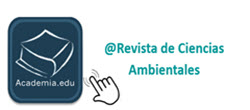The Hydro-social Cycle of Urban Rivers: Waterscape Transformations to the Hydro Landscape of San Luis Potosí, México
DOI:
https://doi.org/10.15359/rca.53-1.3Keywords:
Cities; hydro-social cycle; urban rivers; waterscape.Abstract
This exploratory study analyses the transformations of the three main urban rivers within the Metropolitan Area of San Luis Potosí: Rio Santiago, Rio Españita and Rio Paisanos. From a hydro-social perspective, the analysis focuses on the physical transformations of the rivers and their relationship with urban sprawl and on the meaning and interaction changes between society and the hydric resource. For the study, an interpretive mapping exercise was conducted; it overlapped layers with historical, socio-demographic, geographic and hydrological information. Additionally, interviews were administered to key informants, and secondary sources were reviewed. These methods allowed reconstructing the transformations in the rivers to understand the logics employed, resulting space and water uses, and the types of water derived from the dialectic interaction nature-society. The major findings of the research indicate that all three rivers have been diverted to benefit urban growth. Furthermore, the social bond with rivers as natural elements and sources of life has been broken. Nowadays, riverbeds are perceived as sources of pollution and insecurity, more useful as urban elements than as natural landscape components. This perception shift explains the reason why river courses are currently fragmented, physically and symbolically.
References
Augé, M. (1996). Los no lugares, espacios del anonimato. Antropología sobre modernidad. Barcelona: Gedisa.
CONAGUA. (2009). Estudio del manejo de las aguas pluviales en la zona metropolitana de la ciudad de San Luis Potosí. Informe Ejecutivo. Estado de San Luis Potosí.
Contreras, C., & Galindo, M. G. (2008). Abasto futuro de agua potable, análisis espacial y vulnerabilidad de la ciudad de San Luis Potosí, México. Cuadernos de Geografía, 17, 127. https://doi.org/10.15446/rcdg.n17.10923
Dallman, S., Piechota, T. C., & Green, D. (1999) Storm water: asset not liability Los Angeles, California: The Los Angeles & San Gabriel Rivers Watershed Council.
Damonte, G. H. (2015). Redefiniendo territorios hidrosociales: Control hídrico en el valle de Ica, Perú (1993-2013). Cuadernos de Desarrollo Rural, 12(76), 109-133. https://doi.org/10.11144/Javeriana.cdr12-76.rthc
El Informador. (2010, diciembre 20). Entubados, 88% de ríos y arroyos en la ciudad. El Informador.mx. Recuperado de http://www.informador.com.mx/jalisco/2010/257928/6/entubados-88-de-rios-y-arroyos-en-la-ciudad.htm
González, A., Hernández, L., Perló, M., & Zamora, I. (2010). Rescate de ríos urbanos: Propuestas conceptuales y metodológicas para la restauración y rehabilitación de ríos. Universidad Nacional Autónoma de México, Coordinación de Humanidades, Programa Universitario de Estudios Sobre la Ciudad. Recuperado de http://www.puec.unam.mx/pdf/publicaciones_digitales/rescate_rios_digital.pdf
Hernández-Fuentes, Y. (2010). Usos del agua en la ciudad de San Luis Potosí, 1831-1887 (Tesis de maestría). San Luis Potosí: Universidad Autónoma de San Luis Potosí, Programa Multidisciplinario de Posgrado en Ciencias Ambientales.
INEGI. (2010). Estudio hidrológico el Estado de San Luis Potosí. Aguascalientes, México: INEGI. Recuperado de http://internet.contenidos.inegi.org.mx/contenidos/productos/prod_serv/contenidos/espanol/bvinegi/productos/historicos/2104/702825224097/702825224097.pdf
INEGI. (2011). Censo de población y vivienda 2010, principales resultados por localidad (ITER). Recuperado de http://www.inegi.org.mx/est/contenidos/proyectos/ccpv/cpv2010/iter_2010.aspx
.
INEGI. (2017). Red hidrográfica escala 1:50 000 edición 2.0, descarga en formato shape Subcuenca Hidrográfica RH37Gb -P. San José.
ITDP. (2017). Invertir para movernos, interactive map. Recuperado de: http://itdp.mx/invertirparamovernos/#!/mapa.
Jacobs, J. (1967). Muerte y vida de las grandes ciudades. Madrid: Ediciones Península.
La Corriente. (2016, agosto 12). Día de San Juan en San Luis. Revista la Corriente. Recuperado de http://revistalacorriente.com.mx/dia-de-san-juan-en-san-luis/
Lefebvre, H., Kofman, E., & Lebas, E. (1996). Writings on cities, 63(2). Oxford: Blackwell.
Linton, J., & Budds, J. (2014). The hydrosocial cycle: Defining and mobilizing a relational-dialectical approach to water. Geoforum, 57, 170-180. https://doi.org/10.1016/j.geoforum.2013.10.008
Lynch, K. (1960). The Image of the City. Boston: MIT Press.
Mehta, L., & Karpouzoglou, T. (2015). Limits of policy and planning in peri-urban waterscapes: The case of Ghaziabad. Habitat International, 159-168. https://doi.org/10.1016/j.habitatint.2015.03.008
Mele, C. (2000). The materiality of urban discourse: rational planning in the restructuring of the early twentieth-century ghetto. Urban Affairs Review, 35(5), 628-648. https://doi.org/10.1177/10780870022184570
Mu-oz Pedreros, A. (2004). La evaluación del paisaje: Una herramienta de gestión ambiental. Revista chilena de historia natural, 77(1), 139-156. https://doi.org/10.4067/S0716-078X2004000100011
Padron, J. (2014). Los hombres del agua en San Luis Potosí, San Luis Potosí: INTERAPAS. Recuperado de http://www.interapas.mx/files/cultura_del_agua/publicaciones/Los_Hombres_del_Agua.pdf
Perló, M., & Zamora, I. (2017). Perspectivas ambientales sobre la contaminación y la recuperación del río Magdalena en la ciudad de México. Revista Internacional de Contaminación Ambiental, 33(3), 377-391. https://doi.org/10.20937/RICA.2017.33.03.02
Rogers, S., & Crow‐Miller, B. (2017). The politics of water: a review of hydropolitical frameworks and their application in China. Wiley Interdisciplinary Reviews: Water, 4(6), 1239.
https://doi.org/10.1002/wat2.1239
Rojas, C., De Meulder, B., & Shannon, K. (2015). Water urbanism in Bogotá. Exploring the potentials of an interplay between settlement patterns and water management. Habitat International, 48, 177-187. https://doi.org/10.1016/j.habitatint.2015.03.017
Salazar, G. (2010). Colonización y estructura del territorio. En Guadalupe Salazar (coorda.), Estudios del espacio arquitectónico y del territorio en San Luis Potosí (pp. 20-65). San Luis Potosí: Universidad Autónoma de San Luis Potosí.
Shannon, K. (2009). Water urbanism: hydrological infrastructure as an urban frame in Vietnam. In Feyen, J., Shannon, K., & Neville, M. (Eds.). Water and urban development paradigms. Towards an integration of engineering, design and management approaches (pp. 55-66). London: CRC Press.
SIATL. (2018). Simulador de flujos de agua de cuencas hidrográficas. Recuperado de http://antares.inegi.org.mx/analisis/red_hidro/siatl/#
Swyngedouw, E. (1999). Modernity and hybridity: nature, regeneracionismo, and the production of the Spanish waterscape, 1890–1930. Annals of the Association of American Geographers, 89(3), 443-465. https://doi.org/10.1111/0004-5608.00157
Urquiola, J. I. (2004). Agua para los ingenios: San Luis Potosí y el valle de San Francisco a inicios de la época colonial. Estudio introductorio y documentos sobre ingenios de beneficio de metales. San Luis Potosí, San Luis: El Colegio de San Luis.
Downloads
Published
How to Cite
Issue
Section
License

This work is licensed under a Creative Commons Attribution-NonCommercial-ShareAlike 4.0 International License.



















